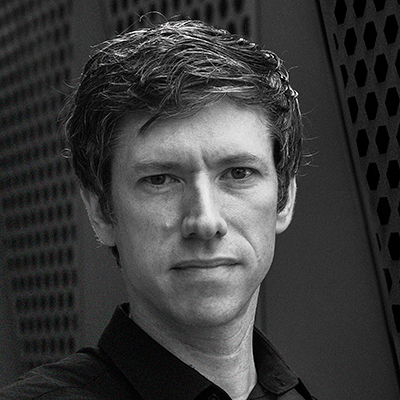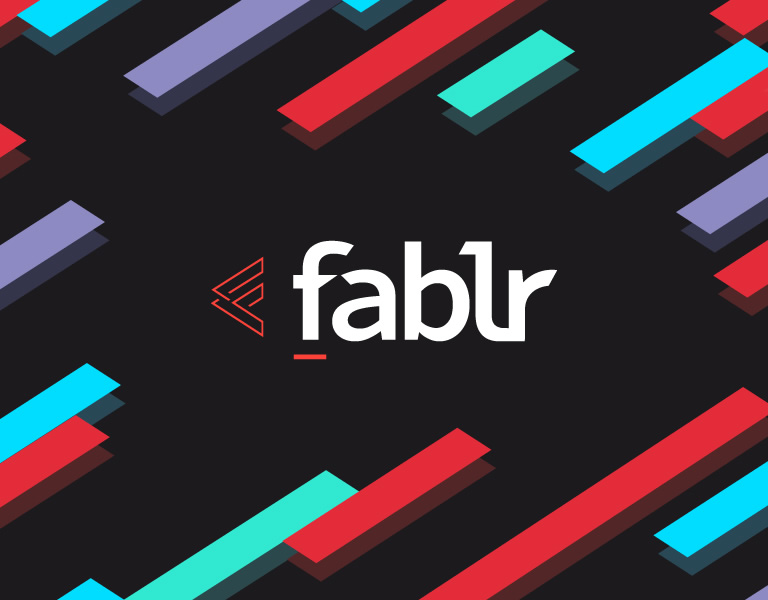As I look out of the office window in Manchester I can see what must be one of the largest academic institution building sites in the country. Over the last 3+ years I’ve watched (with some genuine fascination and awe) the construction of the new University of Manchester Engineering campus, all the way from the demolition of the previous buildings that occupied the site, right up to where it is now – which is to say still not finished.
Even so, an ever growing fear for me over the last few months has been that a £400m construction project was going to be completed faster than the build of the new Fablr website. Fortunately, at the finish we’ve managed to pip Balfour Beatty to the post (with a yard or two to spare) and we’re delighted to be able to finally make the website live this week.
Internal projects and the value of being ‘the client’
I’ve been involved in a number of agency website re-designs over the years. Without exception the hours required to design and develop them always had to fit in and around paid client work (for obvious reasons). In fact, I sometimes wondered if it would be better for digital agencies to buy their websites from another agency from the other side of town to save all the studio disruption. After all, even the best dentists don’t pull their own teeth right?
In truth any company’s website can feel like an intensely personal statement, and never more so than in the SME and startup arena where stakeholders find it hard to balance what they like at a personal level against research-led assessments of where their brand should position itself in its marketplace.
Under these conditions, giving the task to a third party can (quite rightly) feel like a huge risk.
Revisiting the fundamentals
On the other hand, working on your own website is a great opportunity to revisit some of the approaches and principles we advocate to our clients. When you are the client you have a perspective on the project you often lack as a third-party agency. This got me thinking in a more conscious way about the decision making process – a process which can become quite automatic for experienced designers who have been honing their craft for many years.
During the design and build of the new Fablr website I’ve revisited and refined many of the techniques and guiding principles that are a vital part of our design process. Over the next few weeks I want to share some of the most valuable creative strategies that you should take into account when designing a website or application – regardless of what’s trending at the time.
You can new read the next chapter – Designing good digital: The power of brevity.

